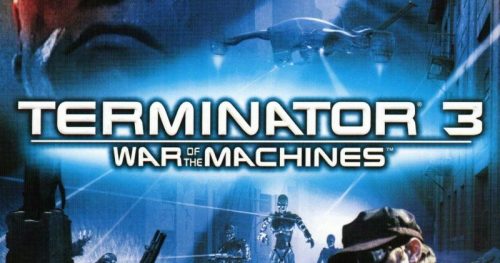Yesterday, I was looking forward to visiting a local airshow. I made it. I was disappointed.
It was not the fault of the airshow organizers, or the collection of planes they had on view. The problems were entirely due to the godawful weather we’ve had lately.
I left home at about 7:30, under dark gloomy skies, driving rain, and non-stop thunderbolts arcing across the sky, a most inauspicious morning, but it’s been like that sporadically for a couple of weeks. We get these horrendous storms that last for a few hours, and then they burn off and we get clear skies, so that’s what I anticipated. The drive was stormy, but the roads were empty, I saw only one other car the entire hour and a half I was on the road. That wasn’t a problem.
Once I got to the airport, though, I discovered that the whole show was delayed for two hours, which made sense. Visibility was only about a mile, the rain was pounding down hard, I wouldn’t want to fly in that weather, and as a spectator I wouldn’t be able to see anything anyway. So I turned around and went back to Granite Falls to nurse a coffee for a while.
When I went back, I encountered a new problem: no parking. There was a large empty field that was supposed to be used as a parking lot for the event, but this is what it looked like:
It was swamp with ambitions, trying to become a lake. This fit with what I’d heard on the drive — I was getting constant warnings of flash flood conditions, and saw rivers running over their banks, and fields that were underwater. So no convenient parking.
The organizers improvised. What they had us do is drive out on these gravel access roads and park on the edge…which meant that all the visitors were strung out in a long line from the airport to distant points. I did that. I had to park a mile and a half from the airshow and walk in.
I’ve mentioned that this was my summer of knee problems. I did not invest enough in my energy budget for a hike, nor was I prepared for the maintenance and repair costs of keeping shank’s mare running smoothly for a long walk. I did it anyway. I was stupid. The result: another blown out knee, and I’m going to be paying for this exercise for the next few weeks. Fortunately, when it was time to leave, they had local police and neighbors volunteering to drive golf carts up and down that road — I got delivered directly to my car, which was good, because otherwise I might have been a crying cripple laid up in a drainage ditch.
Finally, I’m at the airfield, there’s a selection of planes all lined up, getting fueled. The first set are about 8 Navy fighters/bombers/torpedo planes (ooh, look at that lovely Corsair), and they’re getting ready to taxi out to the runway. I was up close — I was standing right under the wingtip of a Helldiver as it was firing up it’s engine. It was loud, it reeked of fuel vapors, I could feel the vibrations in my bones. It was the highlight of the day for me.
Unfortunately, what followed was not so exciting. Three planes taxied out to the end of the runway, a Dauntless, an Avenger, and a Helldiver, and prepared to take off, when Minnesota weather struck again. One of them got stuck in the mud. It was a major anti-climax, because instead of planes, we then spent an hour watching forklifts hauling stacks of plywood to try and give them a firm surface to be dragged onto.
It was OK! I wandered around the hangars instead, where they had iconic aircraft on display.
They did eventually get some planes aloft, but at that point my knee was whimpering, and I decided the best thing to do was go home and stop making it work.
Despite the weather-related glitches, this was a good airshow. I’m going to come back next year when the fields have all dried out, there’s convenient parking, and runways that haven’t turned to glue. I did come away with an appreciation of the struggles the ground crews had to have gone through to keep planes and runways operational. My father-in-law was a bad ass Marine sniper in the Pacific theater, while my grandfather spent the war driving bulldozers and building runways on remote islands — much respect to both of them.
PS. One thing I was concerned about was that this was a celebration of military technology, and I was afraid I’d get there and be surrounded by a sea of red MAGA hats. I was not. I didn’t see a single red hat the whole time. I did see a lot of old veterans, though — maybe a celebration of a triumph over fascism scared away the Nazi wanna-bes from showing up.

















